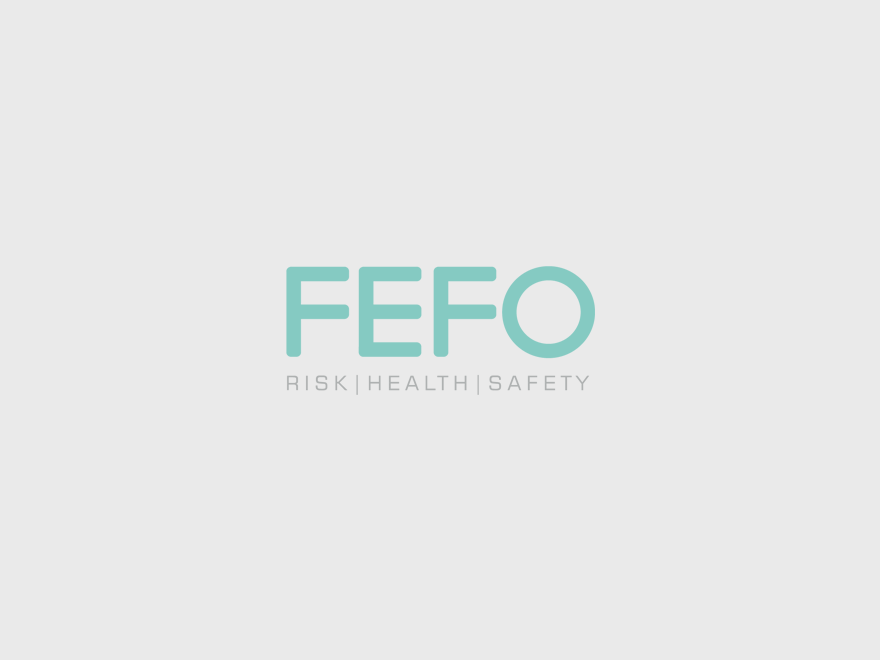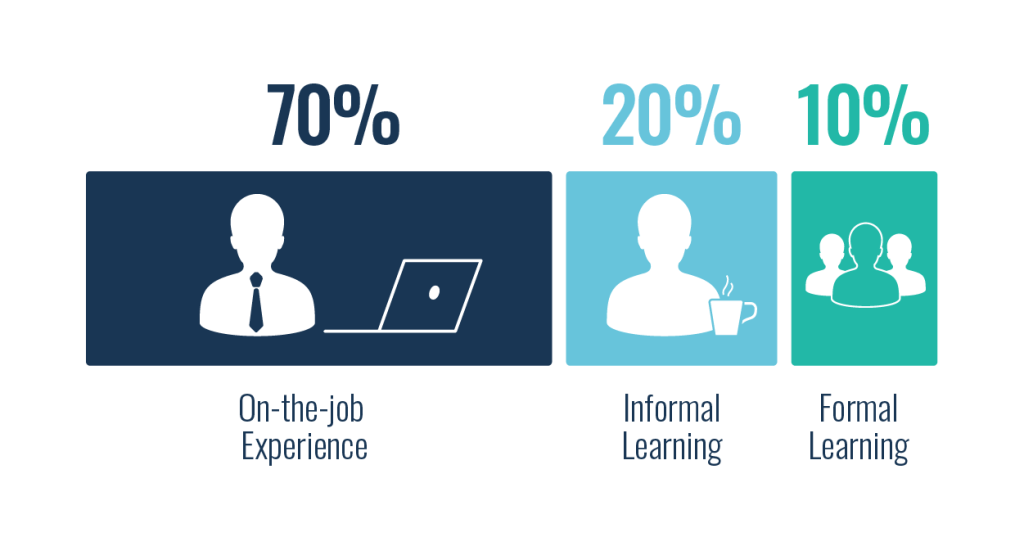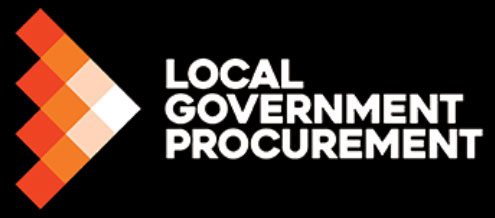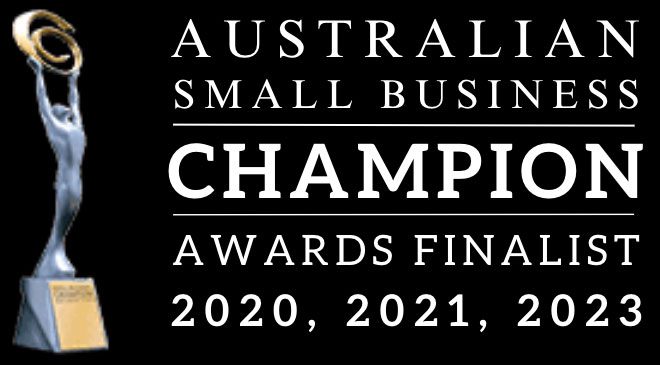Q1: What is Safety in Design?
Safe design is the integration of hazard identification, risk assessment and control methods early in the design process to eliminate or minimise risks to health and safety throughout the construction and life of the structure being designed.
The designer should consider the design and its intended purpose, materials to be used, possible methods of construction, maintenance, operation and demolition and identify risks and control these risks through elimination, substitution, isolation, engineering, administration or personal protective equipment (PPE).
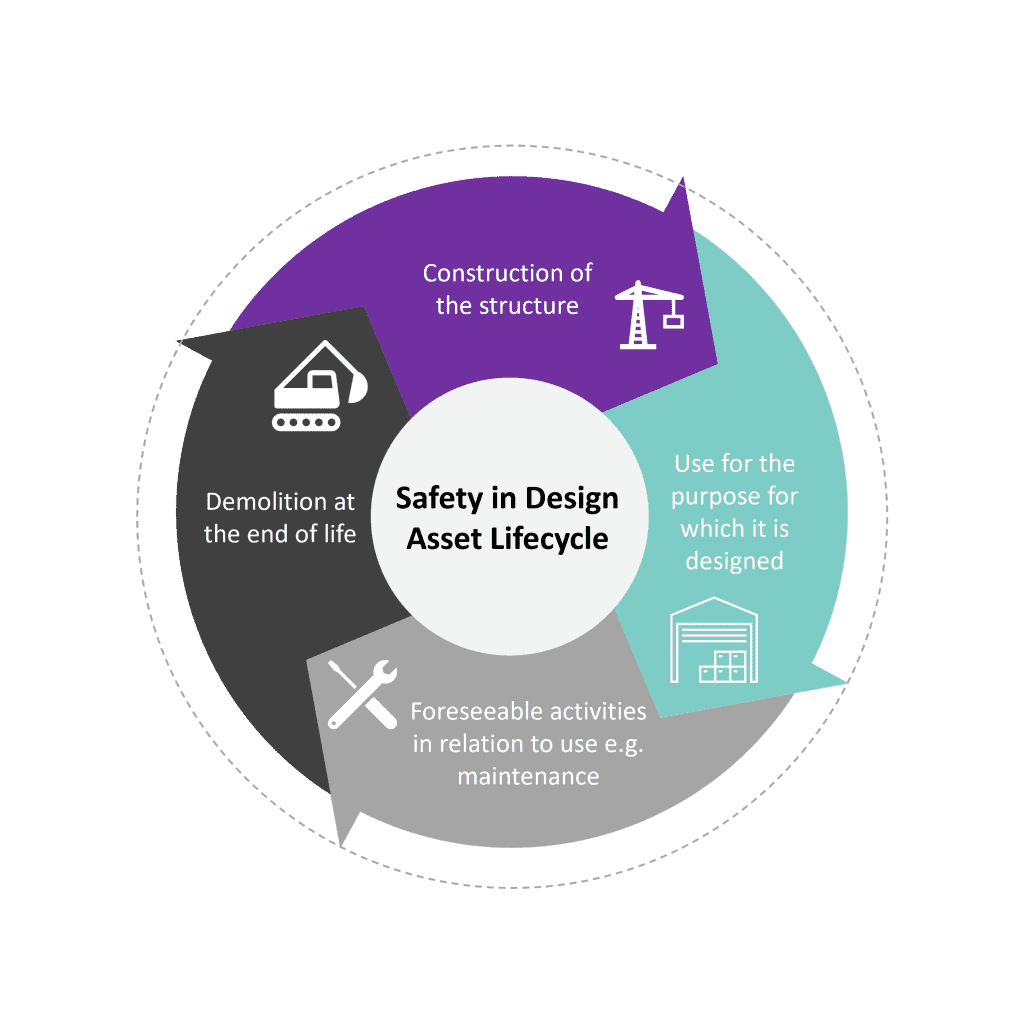

Q2. Why is Safety in Design important?
Effective Safety in Design (SiD) enables proactive management risk and can assist with:
- Ill-health and injuries
- User experience
- Cost reduction
- Innovation and shared learning
- Legal risks
- Productivity during design, construction, operation, use, maintenance, and end of life
- Damage to property and the environment, and the attendant costs
- Health, wellbeing and productivity of workers
Eliminating hazards – this is often cheaper and more practicable to achieve at the design or planning stage than managing risks later in the lifecycle, e.g., retrofitting health and safety solutions.
Q3. What are key features of good safety in design?
Key features of safe design:
- Consider the lifecycle
- Consultation, cooperation and coordination
- Information transfer
Q4. What is in a typical Safety in Design Report?
FEFO Consulting conduct a systematic risk assessment process of your residential or commercial design and recommend control measures that you as a designer can implement to reduce these risks. You can select which options you wish to adopt.
Our safe design report details the outcomes of this systematic risk management process including outlining the designer’s statutory requirements, providing a hazard table specific to the design showing the before and after risk levels and listing the applicable codes of practice and Australian standards needed to control the identified hazards.
Our unique Safety in Design Risk Workshops help facilitate innovative solutions by combining different stages of the asset lifecycle with each element of the design.

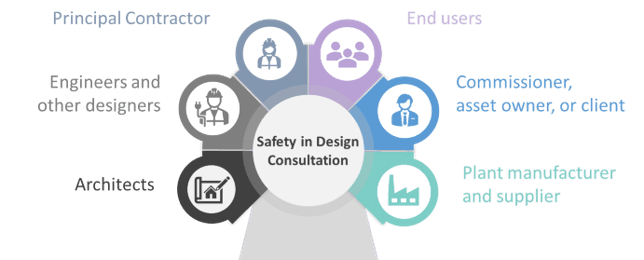
Q5. Who receives Safety in Design information?
It is a WHS legal requirement for the designer to provide a safety report to the person who commissions the work (PCBU). In addition to this, anyone who receives a copy of your design should also receive your safe design information. Safe Work Australia advise that you would be required to issue your safe design information with your plans to persons such as the client, certifier, Council and the builder.
There is often a confusion between roles, given the number of potential stakeholders involved with coordinating Safety in Design.
Download “Summary of Duties” Factsheet to understand the specific safety in design responsibilities of the Designer, Client and Principal Contractor.
It is a WHS legal requirement for the designer to provide a safety report to the person who commissions the work (PCBU). In addition to this, anyone who receives a copy of your design should also receive your safe design information. Safe Work Australia advise that you would be required to issue your safe design information with your plans to persons such as the client, certifier, Council and the builder.
There is often a confusion between roles, given the number of potential stakeholders involved with coordinating Safety in Design.
Q6. What are examples of Safety in Design hazards?
Examples of SiD risks may include:
- Air contaminants
- Access and egress
- Chemicals and dangerous goods
- Confined Spaces
- Fall hazards eg. terrain, slope or existing structures
- Facades and maintenance
- Neighbouring properties or people
- Noise
- Plant and equipment
- Radiation or biological
- Services, e.g. overhead, concealed, underground
- Soils contaminants, e.g. asbestos

Q7. What training is required?
In addition to core design capabilities relevant to the designer’s role, a designer should also have:
- Knowledge of work health and safety legislation, codes of practice and other regulatory requirements
- Understanding of the intended purpose of the structure
- Knowledge of risk management processes
- Knowledge of technical design standards
- Appreciation of construction methods and their impact on the design, and
- Ability to source and apply relevant data on human dimensions, capacities and
behaviours.
Often the best way to manage safety in design risk is leverage capability of a cross section of stakeholders in a structured Safety in Design Risk Workshop facilitated by an expert.
For additional information on our training, refer to our safety in design courses.
Q8. What is our experience?
We have partnered with the very best organisations and completed Safety in Design work for many clients across a range of building, civil and infrastructure construction projects.
Our practical experience extends through the entire lifecycle of structure to enable us to provide innovative solutions early in the design process.
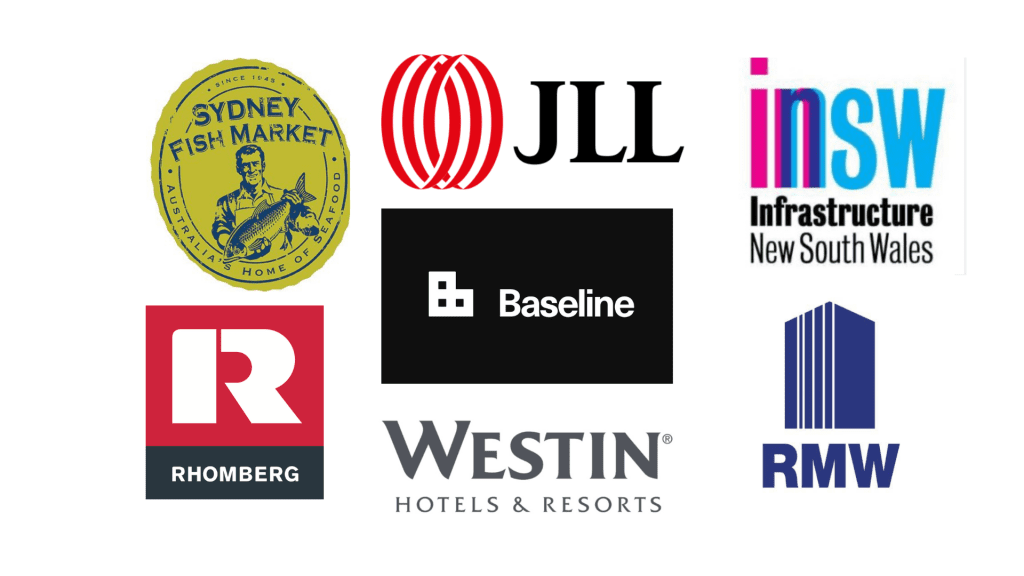
Q9. What do our clients say?
We value the needs of our stakeholder and encourage transparent and candid feedback.

Safety in Design Review
Q10. Where can I get more information?
Contact us anytime to understand more about safety in design.
Ph: 1300 909 649
